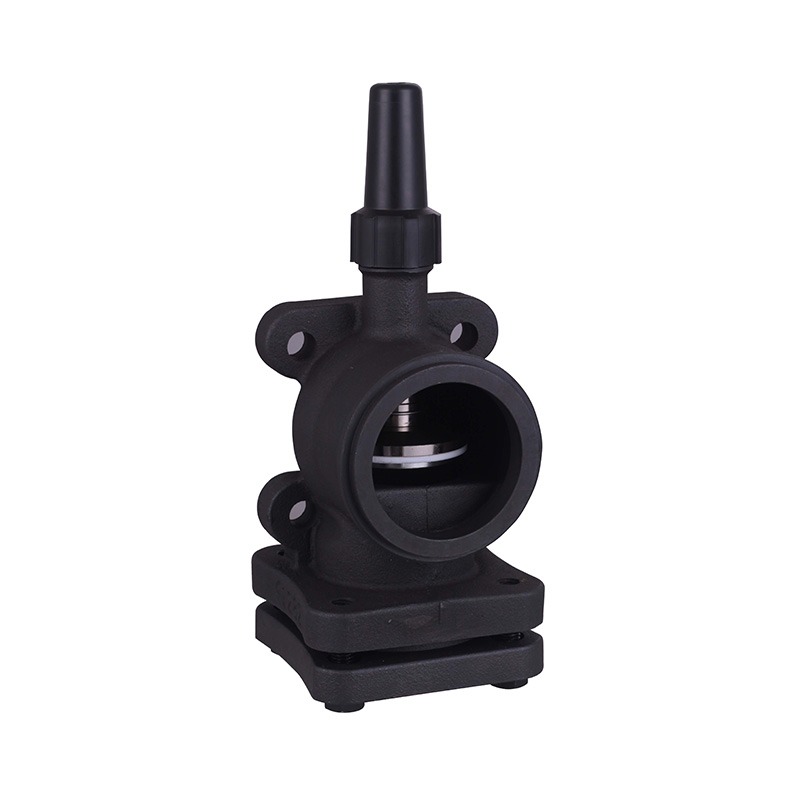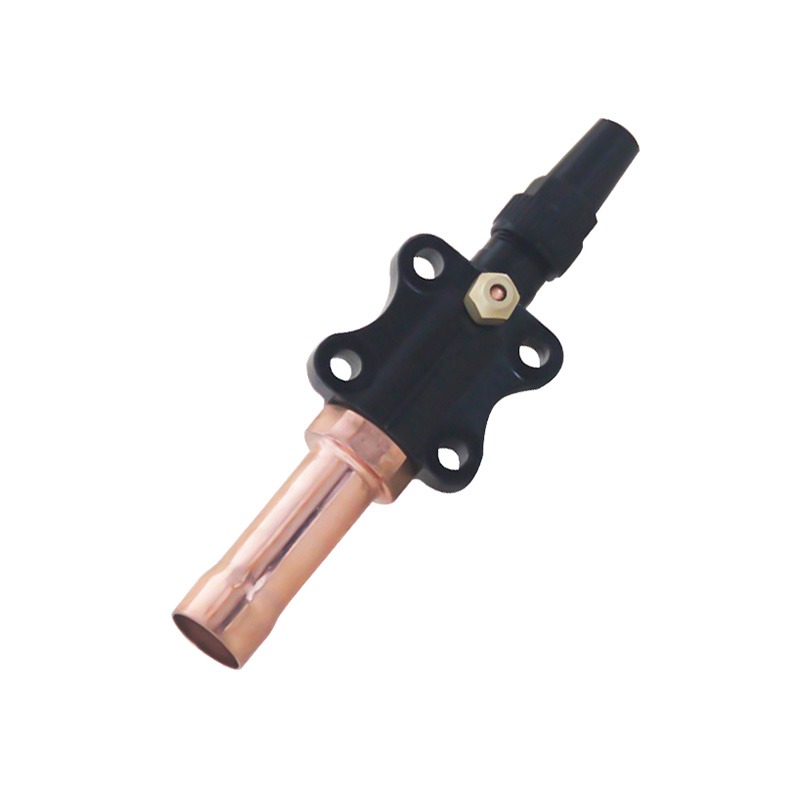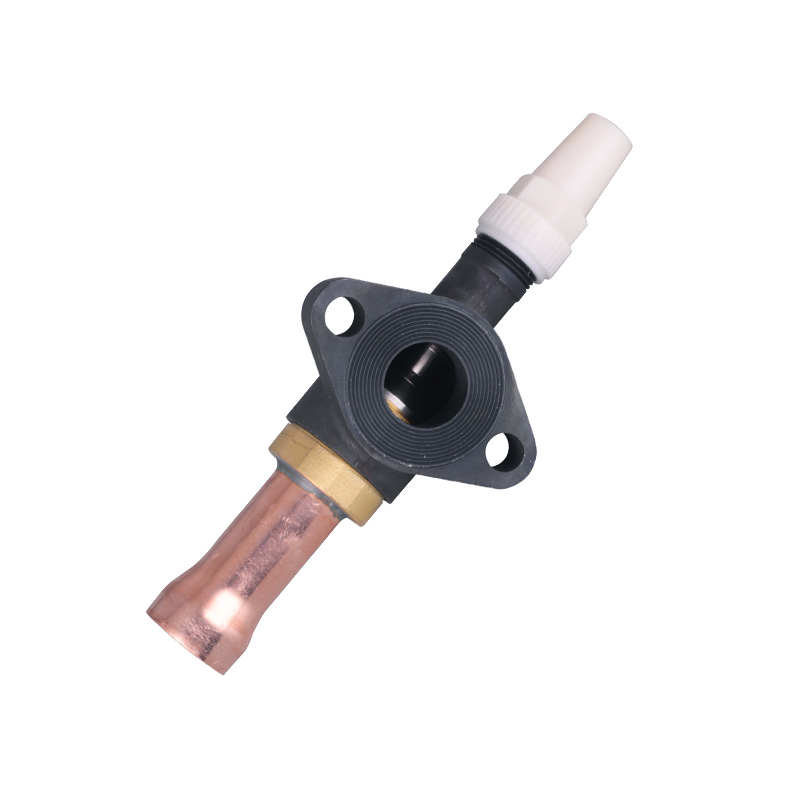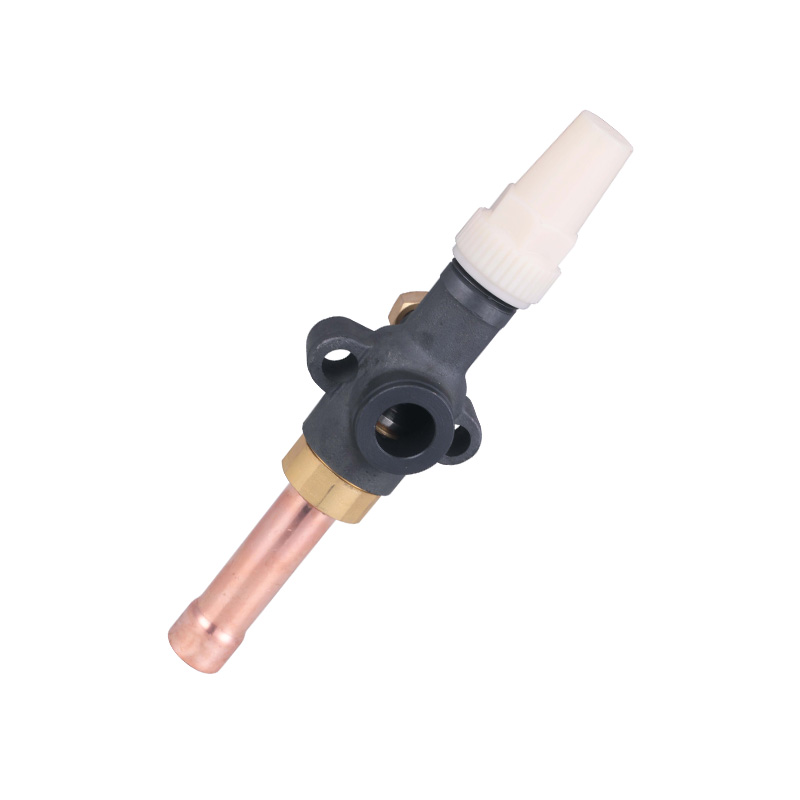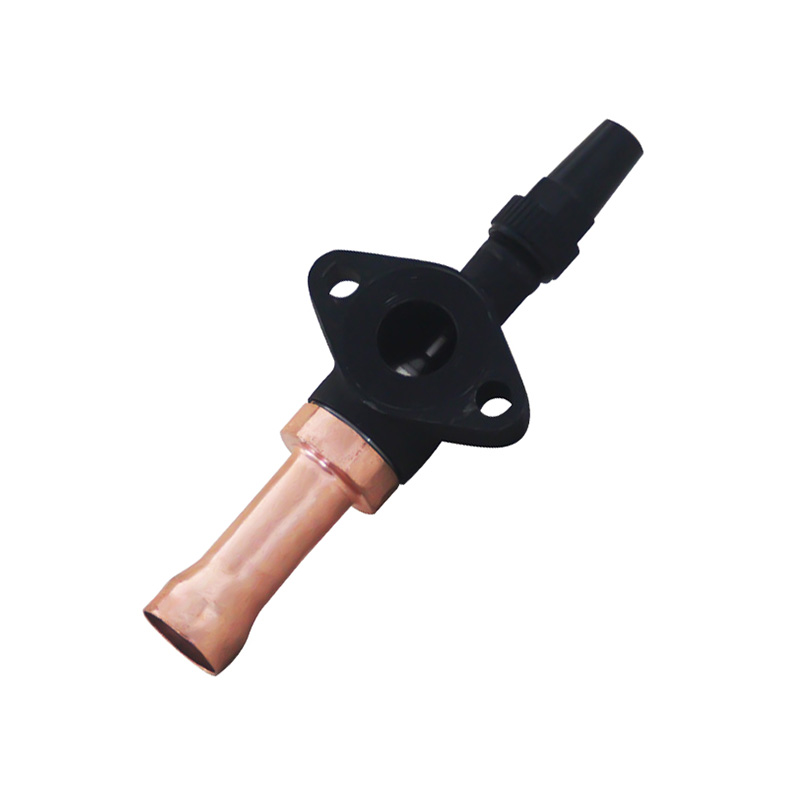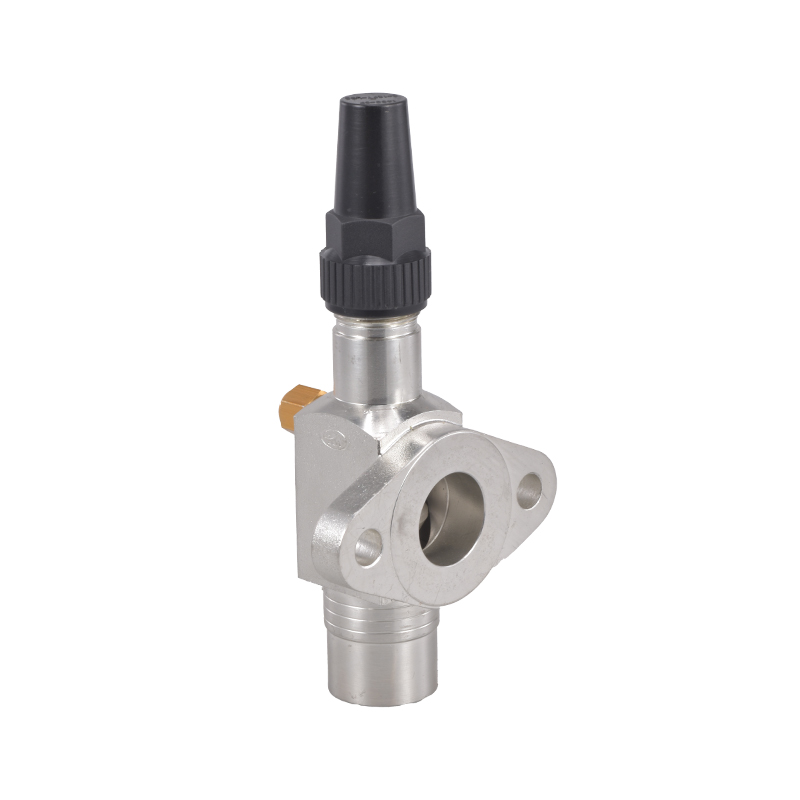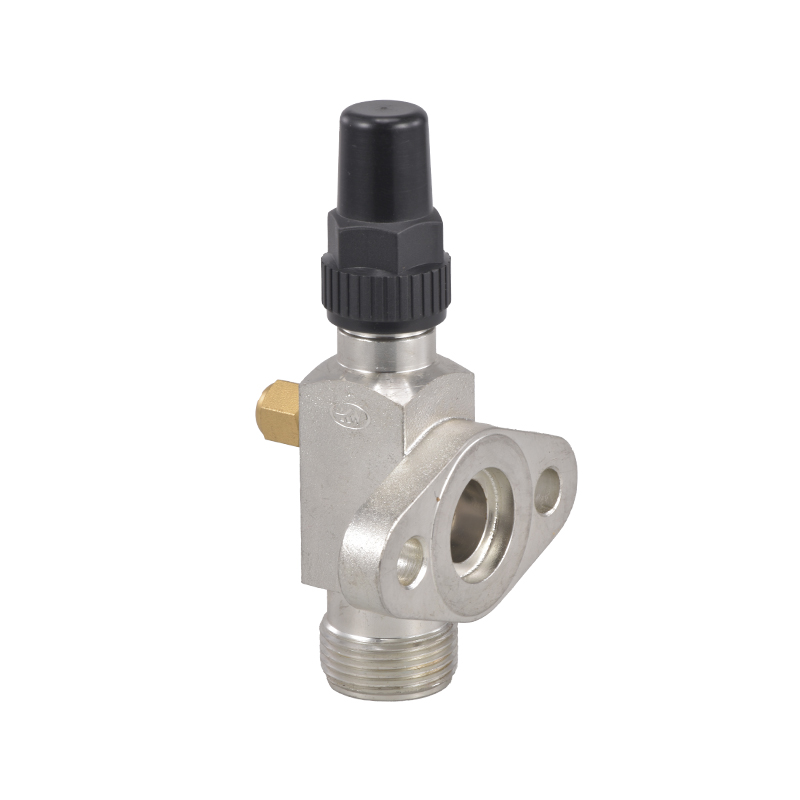Cold Storage Equipment Advances Highlight Role Of One-Way Stop Valves
 By Admin
By Admin
The functionality and reliability of cold storage systems continue to attract industry attention, particularly regarding how certain components contribute to temperature stability and energy efficiency. Among these components, the One-Way Stop Valve has become a critical part of system integrity. It plays a key role in directing refrigerant or fluid flow, helping to maintain consistent pressure levels across various sections of the system.
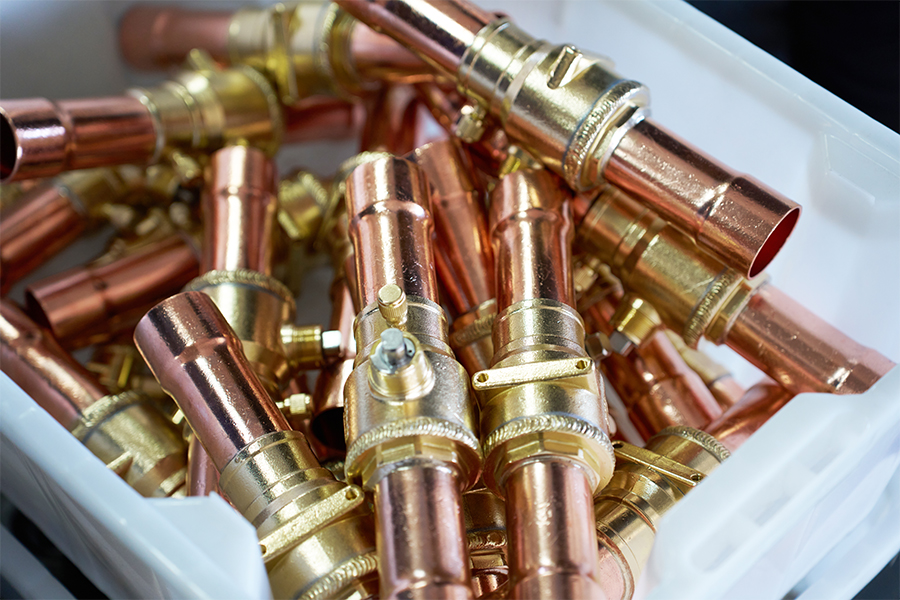
In many cold storage setups, engineers have begun to refine system architecture with special attention to how flow is regulated. The One-Way Stop Valve offers directional control, allowing movement in a single direction and preventing reverse flow. This not only protects sensitive refrigeration components but also helps to maintain pressure balance within the circuit. Its inclusion in the design of equipment used in cold storage improves the system's ability to respond to fluctuations in load demand.
Industrial refrigeration systems operate under a range of environmental conditions. Valves, sensors, coils, and compressors all interact within this framework. The One-Way Stop Valve contributes by isolating specific areas when necessary, which aids in serviceability and safety. Maintenance teams often find that its installation helps reduce the likelihood of pressure spikes or refrigerant migration when parts of the system are idle. When paired with other equipment used in cold storage, such as evaporators and heat exchangers, the valve supports overall functional stability.
Facilities that handle frozen goods or temperature-sensitive products rely on uninterrupted performance. A failure in a single section can impact the entire storage chain. The integration of a One-Way Stop Valve in systems helps mitigate these risks. It simplifies system zoning and supports partial system shutdowns without compromising total operation. This aspect has driven broader implementation across large warehouses and distribution centers.
As designs evolve, manufacturers of equipment used in cold storage are seeking ways to enhance system responsiveness without adding unnecessary complexity. The One-Way Stop Valve meets this demand with its straightforward operation and durable construction. Whether installed in liquid or suction lines, it functions as a safeguard against backward flow that could pilot to inefficiency or damage. Its compatibility with different refrigerants also makes it suitable for a variety of cold storage configurations.
The value of the One-Way Stop Valve is further seen during system transitions, such as startup or shutdown. By maintaining a defined flow direction, it contributes to stable pressure zones and helps prevent sudden changes that may stress other components. In combination with other equipment used in cold storage, such as control panels and pressure regulators, the valve becomes part of a broader strategy focused on process reliability.
Operators and system designers recognize the importance of ensuring uninterrupted refrigeration. Each piece of the puzzle must function reliably over extended periods. Among the many elements involved, the One-Way Stop Valve serves not only as a protective component but also as a way to support steady operation under variable loads. Its practical design and functional consistency have made it a standard choice in modern cold chain applications.
With greater emphasis on energy use and mechanical performance, improvements to equipment used in cold storage continue to highlight the importance of every component in the system. The inclusion of a One-Way Stop Valve in these systems is not merely an accessory; it reflects a deliberate approach to system reliability, energy preservation, and risk reduction.




 English
English русский
русский Deutsch
Deutsch
